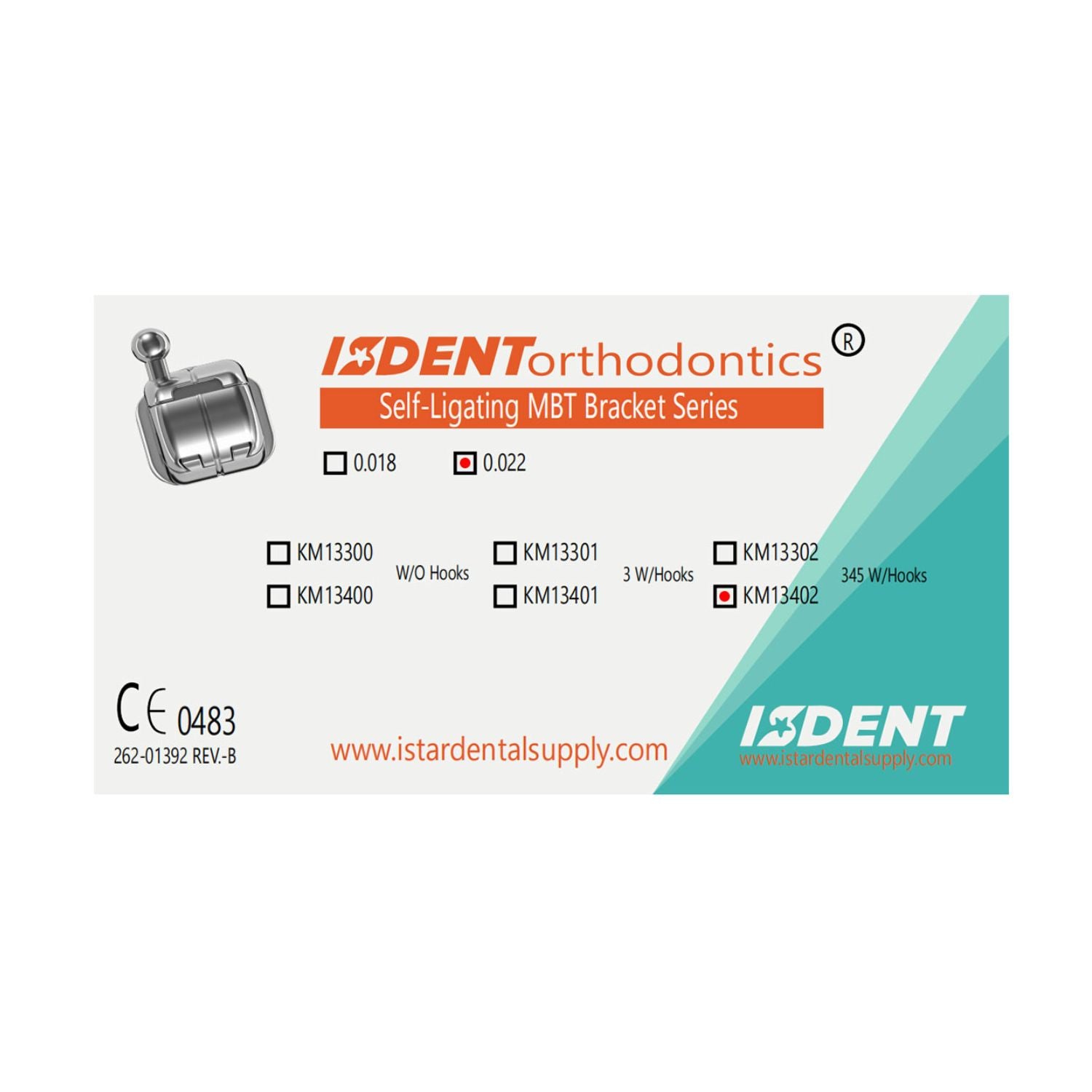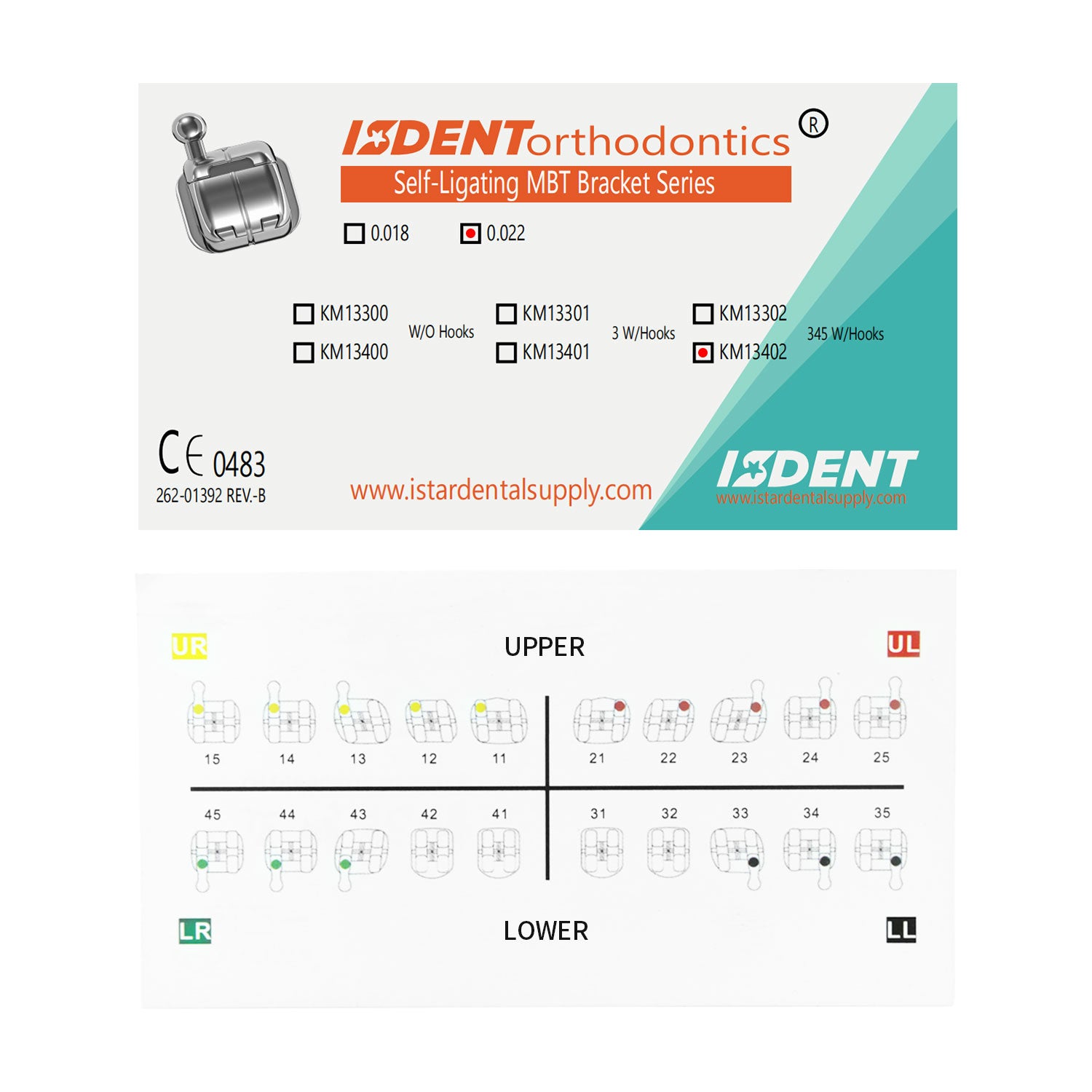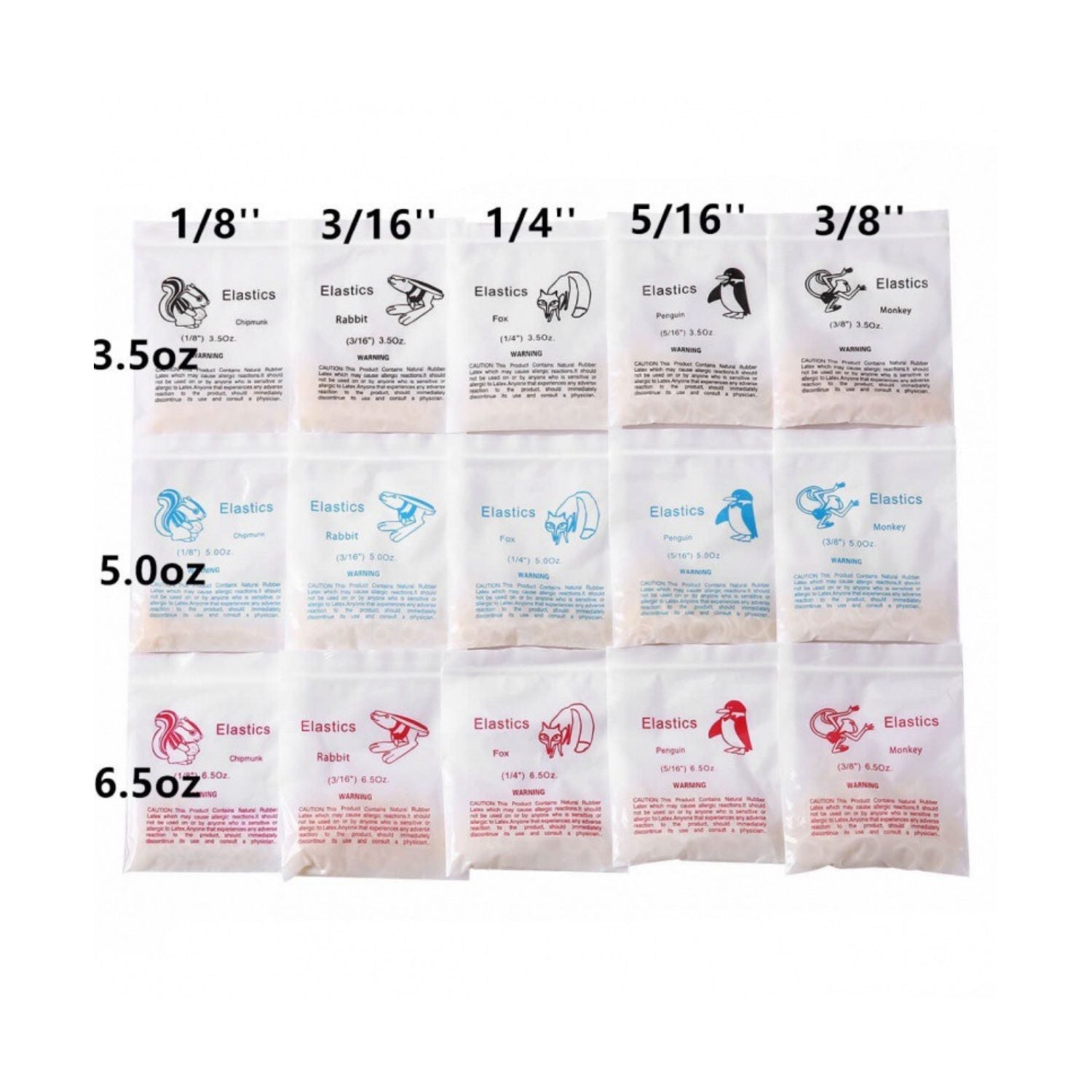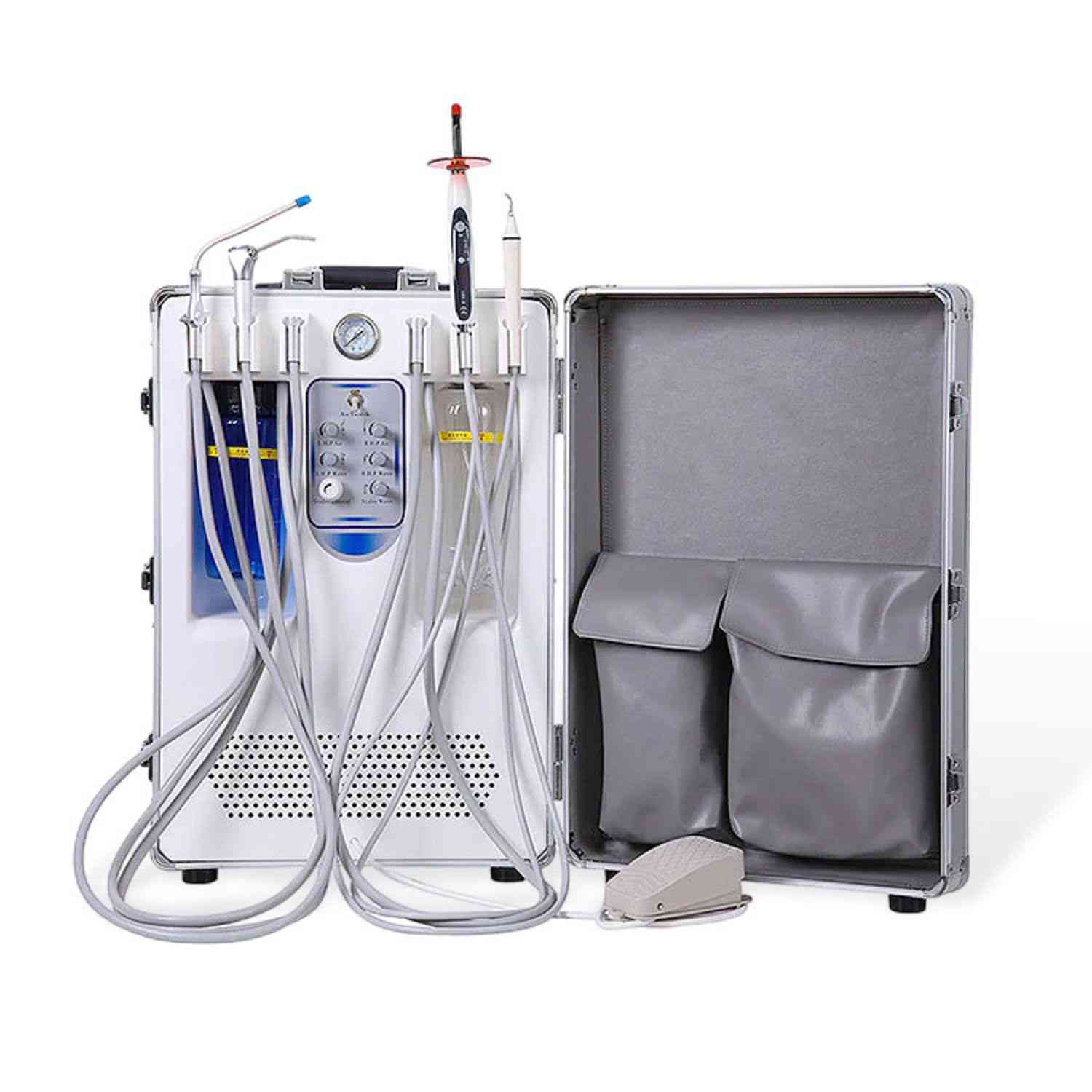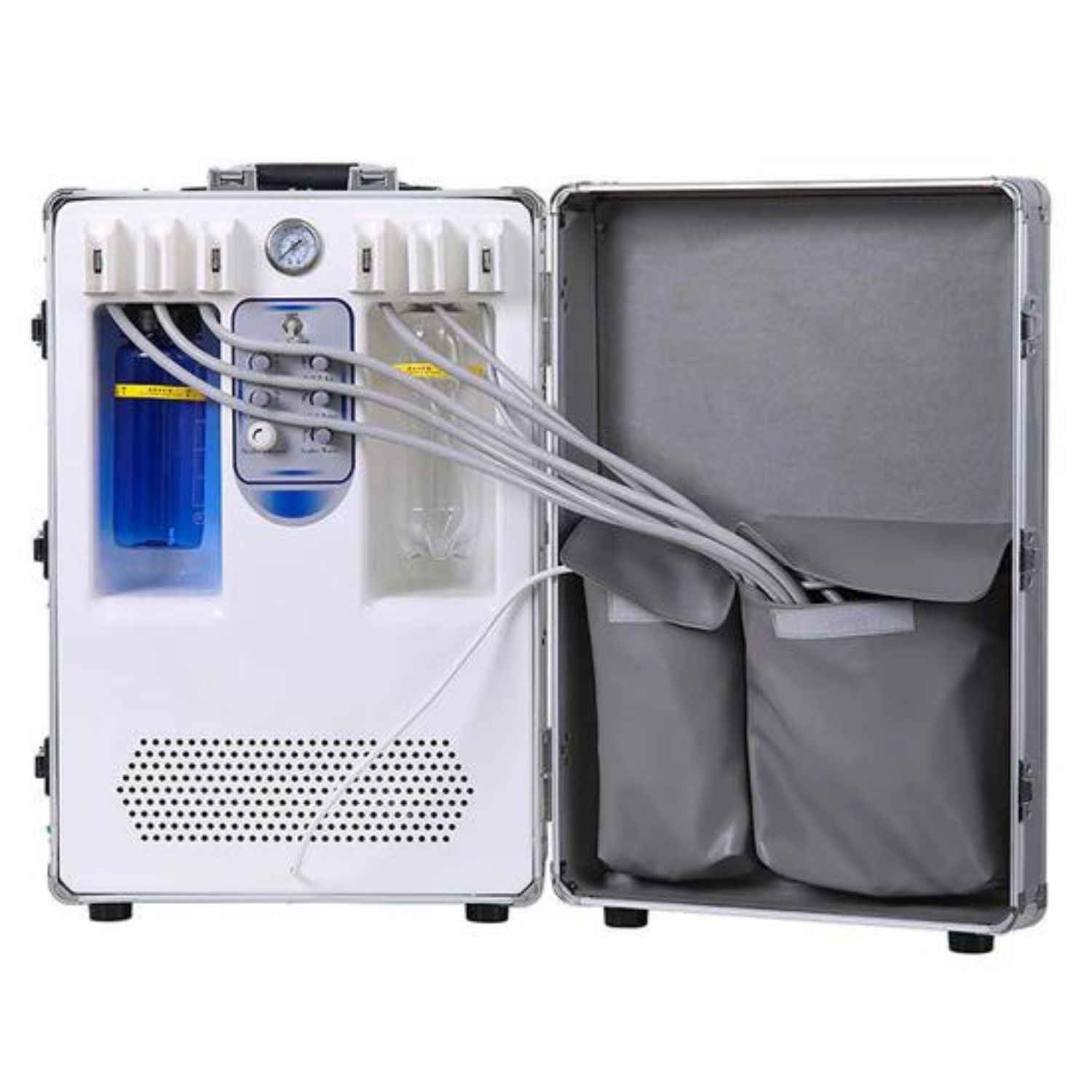Revolutionizing Healthcare with the Integrated Delivery Network (IDN): A Comprehensive Guide to the Integrated Delivery System
Summary
An integrated delivery network (IDN) can be a game-changer in the healthcare realm, offering coordinated care to patients and bringing together various healthcare providers. If you’ve been curious about IDNs—what they are, how they can reshape modern healthcare delivery systems, and why they are important in healthcare—this article will walk you through every facet. You’ll discover how these networks include hospitals, clinic settings, physician groups, and beyond. By the end, you’ll understand how an IDN can transform patient experiences, optimize healthcare costs, and improve patient outcomes. This guide is especially useful for dentists, dental clinics, dental labs, dental hospitals, and dental schools who aim to navigate healthcare complexities and partner with an organization that owns and operates a network of resources. As ISTAR Dental Supply—a leading dental supply manufacturing plant for innovative products—we’re dedicated to empowering you with the knowledge and tools to thrive in this ever-evolving healthcare landscape.
What is an IDN?
An IDN is a form of healthcare organization that owns and operates one or more healthcare facilities and services along the continuum of care. In simpler terms, an IDN (short for integrated delivery network) is an organization that owns and operates a network of physicians, hospitals, clinic locations, and other entities such as surgery centers, outpatient facilities, and inpatient care centers.
- Key point: An IDN is a network of physicians, nurses, and administrative staff that work together to deliver a range of healthcare services.
- Why it matters: The group of healthcare providers involved can help coordinate multiple aspects of healthcare, such as primary care, specialized treatments, and post-discharge supervision.
Statistic: According to Definitive Healthcare, more than half of all acute-care hospitals in the U.S. are part of an integrated delivery network.
At ISTAR Dental Supply, I’ve seen firsthand the benefits of operating within a robust, cohesive framework. Because we cater to dentists and other healthcare providers, we recognize how essential well-structured healthcare systems are in delivering top-tier outcomes.
Table: Core Elements of an IDN
| Element | Description |
|---|---|
| Hospitals | Provide inpatient and outpatient care |
| Physician Groups | Care services from specialists & primary care |
| Clinics | Local clinic settings for routine check-ups |
| Surgery Centers | Advanced procedures for specific health needs |
| Post-Acute Facilities | Includes rehabilitation & home health services |
Why Are Integrated Delivery Networks Important in Healthcare?
Understanding why IDNs are important in healthcare starts with recognizing their role in enabling coordinated care to patients. When a single health system owns and operates a network of services, it streamlines processes for patients within multiple settings, from specialized healthcare providers to deliver high-quality services, to simpler preventative care under one umbrella.
- Seamless patient experience: Within an IDN, departments share resources, reducing administrative hurdles and ultimately boosting patient outcomes.
- Cost-effectiveness: By integrating budgets, supply chains, and operational procedures, IDNs strive to curb rising healthcare costs.
- Better data sharing: From electronic health records to outcome-tracking software, IDNs facilitate quick, transparent communication across the continuum.
Quote: “An integrated delivery network brings every level of healthcare under one roof, thereby promoting synergy among diverse clinicians,” says a senior director from one healthcare think-tank.
As ISTAR Dental Supply, I note how an IDN translates into consistent quality standards and resource availability for practices such as dental clinics, dental schools, and dental labs. By participating in an ecosystem that fosters synergy, we ensure clients receive the best technology and supplies in a timely manner.
(Looking to outfit your clinic with advanced gear? Check out our comprehensive Dental Equipment selection, featuring solutions for preventive maintenance and patient-focused innovation.)
Exploring the Health System Within IDNs
An IDN typically functions as a health system structured to operate a network of healthcare services under a unified leadership. This synergy extends across healthcare facilities—ensuring a smooth exchange of information, expertise, and standard practices.
Key Components of the Health System Within IDNs:
- Hospitals: The central hubs that handle complex care for patients in both inpatient and outpatient scenarios.
- Specialty Centers: Focus on niche services like cardiology, oncology, or oral surgery.
- Physician practices: From primary care check-ups to specialized dental procedures, these units form the backbone of direct patient engagement.
Fact: According to the American Hospital Association, about 70% of hospitals are already part of some integrated structure, showcasing the shift of the healthcare industry toward holistic models like IDNs.
For ISTAR Dental Supply, an effective health system model ensures that dental hospital staff, dental unit operators, or even a small dental lab can align their product needs quickly and consistently. We deeply appreciate how an IDN’s structure can simplify distribution channels and expedite equipment procurement.
- Interested in exploring efficient solutions for your practice’s sterilization workflow? Our Ultrasonic Cleaner Dental technology seamlessly fits into IDN models, boosting both safety and speed.

The Difference Between an IDN and Other Healthcare Models
Have you ever wondered about the difference between an idn and other organizational structures, such as healthcare delivery systems like a single hospital chain or an accountable care organization? While an ACO focuses heavily on cost savings and meeting quality metrics, an IDN casts a broader net by managing various healthcare services under one administrative body.
- IDN: An organization that owns and operates hospitals, clinic branches, and physician groups that share one overarching strategy. This fosters synergy and robust care coordination pathways.
- ACO (Accountable Care Organization): An arrangement where multiple care organizations collaborate to meet quality standards, manage risk, and optimize costs.
- Standalone Hospitals: Independent facilities offering a narrower scope of health services.
Case Study: Kaiser Permanente, often cited as a leading example of a vertically integrated health provider, uses the IDN approach. They combine hospitals, physician services, insurance, and home health provisions, delivering an all-encompassing patient experience.
For dental professionals, the structure of their supporting healthcare framework can drastically affect resource allocation and care services. As we at ISTAR Dental Supply perceive, participating in an IDN can yield smoother ordering processes, consistent upgrades, and reliable patient flow.
How IDNs in Healthcare Coordinate Care
IDNs in healthcare focus on bridging gaps. The prime goal is to coordinate all segments of patient interaction, ensuring the entire patient journey is cohesive.
Coordination Tactics
- Unified Records: Medical and dental histories are accessible across the network of physicians and care professionals.
- Interdisciplinary Collaboration: Surgeons, general practitioners, dental specialists, and allied staff convene to decide the best pathways of treatment.
- Patient Education: IDNs can standardize materials so patients consistently receive the same high-level insights regarding care guidelines.
By embracing these tactics, an IDN in healthcare sets the stage to improve patient experiences. I’ve observed that within an IDN, a dental clinic can instantly refer complex cases to surgeons or specialists within the same broader system, removing administrative and logistical hurdles along the way.
(Upgrade your dental practice’s imaging capabilities for seamless referrals and cross-diagnostics: our Dental X Ray Machine solutions are designed for clarity and quick integration within an IDN’s electronic platforms.)
Vertical Integration vs. Horizontal Integration
Two terms often surface when discussing networks important in healthcare: vertical integration and horizontal integration. They represent different ways an IDN can expand or consolidate its services.
-
Vertical Integration
- Example: A health plan acquiring hospitals and physician groups to unify the entire chain of healthcare delivery, from insurance coverage to specialized treatments under the same administrative umbrella.
- Why it matters: Vertical integration helps unify processes, cutting unnecessary duplication and facilitating more robust data collection.
- Real-World Example: Kaiser Permanente again stands out as an excellent illustration of a vertically integrated health system.
-
Horizontal Integration
- Example: Merging multiple hospitals in different regions to form a larger system that can share resources.
- Why it matters: Horizontal integration expands geographical footprints, enabling an IDN to reach more patients in a geographic area while maintaining consistent standards of care.
ISTAR Dental Supply can attest to the strengths of both. Vertical integration ensures consistent supply chain management across many service lines—from ordering trays and chairs to advanced scanning technology. Meanwhile, horizontal integration fosters economies of scale, letting us, as a manufacturing plant, supply multiple facilities more efficiently.
(Curious to expand your operations to new locations? Our Dental Chair lines come in customizable options, ideal for multi-site expansions down the horizontal track.)

Strategic Integration and the Accountable Care Organization
Strategic integration and accountable care organization models often blend within IDNs. When an IDN aligns with an accountable care approach, it underscores measurable outcomes within a fully integrated administrative framework.
- Strategic Integration: Combines clinical, financial, and operational tactics to streamline how patient flows occur, how data is shared, and how staff are trained. It’s the backbone that allows IDNs to adapt to shifting market conditions or new health regulations efficiently.
- Accountable Care Organization: Focuses on achieving specific goals: enhanced patient outcomes, cost-effectiveness, and data transparency. Usually ties provider payments to performance metrics.
Did You Know? Accountable care doesn’t just mean accountability to payers—it emphasizes a holistic responsibility for the well-being of patients within a specified population.
At ISTAR Dental Supply, these frameworks incentivize continuing innovation. When IDNs embed strategic integration, they often adopt advanced tools that standardize infection control, accelerate diagnosis, and refine the patient flow system. If you’re a dentist or a dental hospital manager within an IDN, strategic alignment can push you to explore new product lines like our Dental 3D LCD Printer for faster, more accurate device production customized for each patient’s needs.
Types of Integrated Delivery Networks You Should Know
There are multiple types of integrated delivery networks, each with unique structures, ownership models, and governance. Types of idns often fall into categories like system ii networks or system iii networks, based on elements such as scope and operational complexity.
-
System I
- Often small in scale, with a single hospital plus a few affiliated facilities.
- Emphasis typically on localized care.
-
System II Networks
- Classified as system ii networks when multiple hospitals form a more extensive, cooperative alliance across a region.
- They usually combine inpatient and outpatient capabilities along with shared administrative services.
-
System III Networks
- Large-scale systems that can span multiple states or even national coverage.
- Usually feature advanced sub-structures and can handle complex tasks like specialized surgeries, post-acute care, and large research programs.
-
System IV
- Also known as system iv networks, these are top-tier, comprehensive organizations that integrate insurance, philanthropic efforts, and even global outreach.
HCA Healthcare is an example of a large system with multiple sites under one corporate umbrella. Meanwhile, the Mayo Clinic is often referenced for its leadership in research and integrated specialty practices.
Note: IDNs in the United States vary in their exact configuration, but all aim to deliver high-quality care.
Regardless of the system scale, ISTAR Dental Supply values forging relationships with IDNs—small or large. Having the right technology or a reliable partner for equipment can help maintain consistent healthcare standards, especially across diverse practice environments.
How IDNs Improve Patient Outcomes and Health Plan Efficiency
One core reason IDNs are so popular is their ability to improve patient experiences and streamline coverage through a health plan. Here’s how:
- Reduced Readmissions: A hallmark advantage of IDNs is better care coordination. When clinicians can track a patient across every phase—inpatient, outpatient, rehab—they can intervene pre-emptively.
- Shared Protocols: IDNs often adopt universal guidelines to boost overall healthcare quality. This means more consistent care, fewer errors, and shorter wait times.
- Financial Stability: Between shared services and large patient volumes, IDNs often possess strong negotiating power with suppliers and payers. This stability allows idns to maintain lower costs and reinvest in better tech or training.
Stat: Research suggests comprehensive IDN structures can improve patient outcomes by up to 15% due to minimized fragmentation in care.
Moreover, healthcare services across these networks can be standardized, raising the bar for everything from sterilization best practices to specialized dentistry sessions. By tapping into IDNs, dental clinics can negotiate better pricing on supplies and collaborate on advanced procedures, a synergy that IDNs aim to cultivate.
(Take advantage of IDN-style supply chain efficiency with our Orthodontics line. From braces to advanced attachments, we’ve got you covered, helping you accommodate even the most challenging orthodontic cases.)
Future Trends and Opportunities in IDN in Healthcare
As the healthcare ecosystem continues evolving, idns can also change to meet new standards, particularly in digital health innovations and telehealth expansions. Here’s what we can expect:
- Digital Integration: From remote patient monitoring to tele-dentistry, digitization is bridging gaps, ensuring timely consultation and real-time updates.
- Population Health: IDNs prioritize managing the health management needs of communities, focusing on social determinants, screening, and early intervention to reduce emergency care.
- Investment Opportunities: While many IDNs are non-profit, investor-owned idns are emerging to drive large-scale expansions and technology adoption.
For ISTAR Dental Supply, innovation remains paramount. Tools like advanced imaging solutions, robotics, and even AI-driven diagnostics will increasingly be integrated. Joining or collaborating with an IDN positions dental entities to stay at the forefront of care. Partnering with us ensures you’ll have the resources and insights for your healthcare delivery journey, no matter the types of idns you connect with.
(Seeking to upgrade exam rooms or specialized labs? Try our Portable Dental Chair for flexible setups that adapt across multiple locations.)

FAQs
How does an integrated delivery network handle insurance-related issues?
IDNs often partner with or own insurance subsidiaries, which is part of vertical integration. This structure helps streamline billing and reduces disparities in coverage, allowing an IDN to leverage a cohesive health plan.
Do IDNs only cater to large-scale hospital networks?
No, IDNs come in all shapes and sizes, from system ii networks to system iv. Smaller systems can be just as efficient, particularly in targeted communities. Even a standalone dental clinic or dental lab can thrive within an IDN framework, enjoying hassle-free referrals, improved supply dynamics, and centralized admin support.
What’s the difference between an IDN and an ACO?
While both aim to improve efficiency and handle costs, an accountable care organization (ACO) primarily revolves around achieving quality metrics and coordinated performance targets. An IDN is a broader structure that operates a network of one or more facilities and addresses multiple aspects of healthcare beyond cost savings, including direct patient coverage, supply chain, and tech integration.
Are IDNs only found in the U.S.?
Although IDNs are common in the United States, other countries have similar models of healthcare integration. However, the U.S. context—where many providers are private or operate in specialized systems—makes IDNs especially prevalent for bridging care gaps.
How does ISTAR Dental Supply support IDNs?
As a dental supply manufacturing leader, ISTAR Dental Supply ensures consistent product availability, high-grade technological solutions, and top-tier care services. We tailor ordering contracts and shipping procedures to suit IDN requirements, fostering end-to-end synergy for clinics, hospitals, and specialized labs.
Does an IDN influence dentist-patient relationships?
Yes, it can. By standardizing protocols and fostering collaboration across various healthcare professionals, IDNs strive to enhance coordinated care. Dentists in these networks benefit from shared patient records, enabling them to deliver timely interventions and more holistic treatment plans.
Key Takeaways to Remember
- Integrated Delivery Network: A holistic umbrella that unites multiple healthcare facets—physician groups, hospital units, clinic assets, and more—under one cohesive framework to improve patient care.
- Cost and Quality: IDNs strive to manage healthcare costs without sacrificing excellence, resulting in strong financing, better coverage, and fewer care gaps.
- Synergy: Through vertical integration and horizontal integration, IDNs manage everything from facility expansions to insurance coverage to purchasing synergy in large-scale supply.
- Types of Integrated Delivery Networks: Ranging from small local structures to system iv giants, IDNs vary by scope, governance models, and level of complexity.
- ISTAR Dental Supply’s Role: We’re committed to supporting IDNs with advanced, reliable, and cost-effective solutions for dentists, dental clinics, dental hospitals, dental labs, and dental schools.
(Looking for more ways to transform your dental health operations? Explore our selection of Dental Unit equipment or consider upgrading your practice with a Dental Handpiece that meets stringent IDN standards.)
We, at ISTAR Dental Supply, manufacture high-quality products that complement the integrated model. From orthodontic solutions to advanced electronics, we’ve got the inventory and expertise to help you thrive.
Ready to take the next step? Reach out to ISTAR Dental Supply today. Let’s collaborate to propel your practice or organization toward excellence in an integrated delivery network setting. Whether you’re a dental school, dental clinic, or multi-facility dental lab, we’re here to ensure you’re equipped for the future of healthcare.


